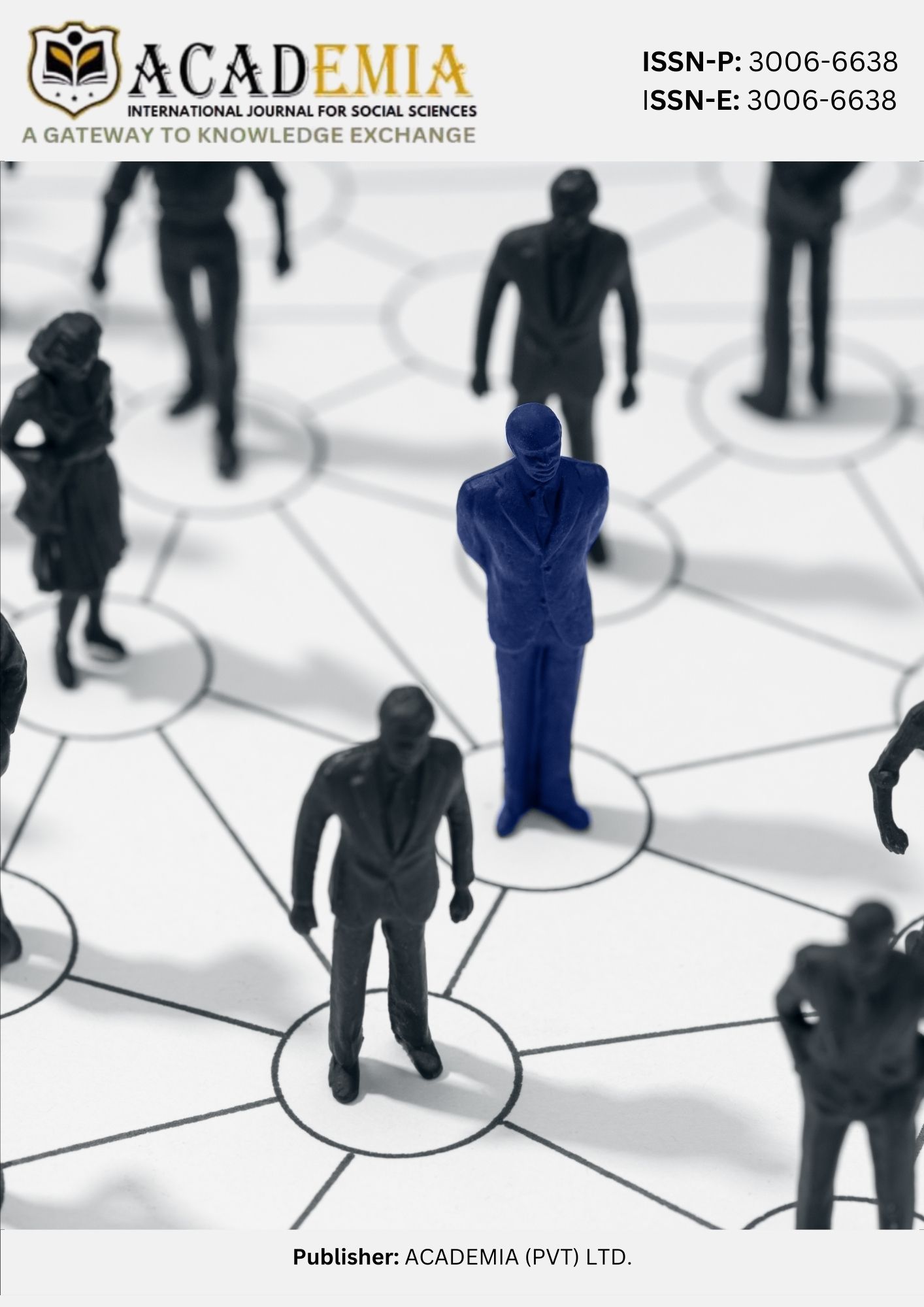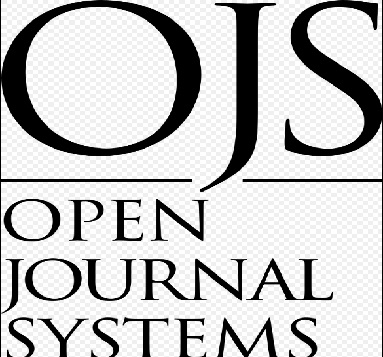Universal Grammar in Second Language Acquisition: A Neurolinguistics Investigation of Syntactic Processing in Adult Learners
DOI:
https://doi.org/10.63056/Keywords:
Universal Grammar , Second Language Acquisition , Neurolinguistics , Critical Period Hypothesis, Cognitive Mechanisms, Declarative-Procedural Model, First Language AcquisitionAbstract
The role of Universal Grammar (UG) in Second Language Acquisition (SLA) and its connection with neurolinguistics is explored by this study. The theory states that all humans have an innate capacity for language acquisition and are born with the natural ability to acquire language. However, its role in adult second language (L2) learning remains debated. Research indicates that while children rely on UG for language learning, adults depend more on memory and cognitive strategies. Neurolinguistic studies show that native speakers primarily use the left hemisphere for language processing, whereas adult L2 learners activate the right hemisphere, indicating different learning mechanisms. The Critical Period Hypothesis suggests that UG is accessible during early childhood but diminishes with age, making SLA more challenging for adults. Ullman’s Declarative-Procedural Model further explains that L1 learning is unconscious, while L2 learning is more explicit. Findings suggest that UG plays a key role in L1 acquisition but is less influential in SLA. Instead, cognitive mechanisms and explicit learning strategies become dominant.
Downloads
Published
Issue
Section
License
Copyright (c) 2025 Muhammad Alamgir, Dr. Shamim Ali, Ghulam Abbas Balti, Javed Iqbal (Author)

This work is licensed under a Creative Commons Attribution 4.0 International License.












